The question of who will succeed Ayatollah Ali Khamenei as Iran’s Supreme Leader is more than a mere transition of power; it is a critical juncture that will shape the nation’s domestic policies, regional influence, and global standing for decades. At 86 and facing health concerns, Khamenei’s eventual departure has become an urgent matter, particularly after recent geopolitical upheavals, including Iran’s conflict with Israel and the death of President Ebrahim Raisi. The stakes are high, as the next Supreme Leader will inherit a nation grappling with economic instability, social unrest, and a complex web of international alliances and adversaries.
The Enduring Power of the Supreme Leader
The Supreme Leader of Iran is not merely a symbolic figurehead but the ultimate authority in the country’s political and religious hierarchy. This role is enshrined in the Iranian constitution, granting the Supreme Leader unparalleled control over the military, judiciary, and legislative processes. He appoints key officials, including the heads of the judiciary, state media, and powerful economic entities, effectively wielding influence over every facet of Iranian governance. This concentration of power underscores the significance of the succession process, as the next leader will determine whether Iran continues its current trajectory or pivots toward a new direction.
The Supreme Leader’s authority is rooted in the principle of *Velayat-e Faqih*, or guardianship of the jurist, which posits that a religious scholar must oversee the state to ensure its adherence to Islamic law. This doctrine was established by Ayatollah Ruhollah Khomeini, the founder of the Islamic Republic, and has remained a cornerstone of Iran’s political system. The Supreme Leader’s decisions on matters of war, peace, and domestic policy are final, making the selection of his successor a matter of profound consequence for Iran and the world.
The Assembly of Experts: A Decisive Body
The Iranian constitution stipulates that the Assembly of Experts, a body of approximately 80 clerics elected by popular vote every eight years, is responsible for selecting the Supreme Leader. This assembly is tasked with identifying and vetting candidates who meet the stringent qualifications outlined in the constitution, including piety, justice, political acumen, and religious scholarship. However, the process is far from straightforward, as the incumbent Supreme Leader and the political elite often exert significant influence over the selection.
Ayatollah Khamenei has reportedly submitted names of potential successors to the Assembly, effectively shaping the pool of candidates under consideration. This dynamic highlights the complex interplay between formal procedures and behind-the-scenes maneuvering in the succession process. While the Assembly of Experts is formally responsible for the selection, it is widely believed that the body serves more as a rubber stamp than an independent decision-making entity. This raises questions about the transparency and legitimacy of the process, particularly in a country where political dissent is heavily suppressed.
Potential Contenders: Navigating a Murky Landscape
Identifying potential successors to Ayatollah Khamenei is a challenging endeavor, as the process is shrouded in secrecy and political intrigue. However, several names have emerged as possible contenders, each with their own strengths, weaknesses, and political affiliations.
Mojtaba Khamenei: The Heir Apparent?
One of the most prominent names often mentioned is Mojtaba Khamenei, the Supreme Leader’s son. Mojtaba is a cleric with a strong political background and close ties to influential figures within the Iranian establishment. He is believed to wield significant power behind the scenes and has been actively involved in shaping policy decisions, particularly in the realm of national security and intelligence. His proximity to his father and his role in key institutions have led many to speculate that he is being groomed for succession.
However, Mojtaba’s potential succession faces significant challenges. Some critics within Iran are wary of dynastic succession, viewing it as a deviation from the principles of the Islamic Republic, which was founded on the rejection of hereditary rule. Moreover, Mojtaba’s lack of formal government experience and relatively low public profile could hinder his chances of gaining widespread support. His association with hardline factions within the regime may also alienate more moderate elements of Iranian society, who are increasingly disillusioned with the status quo.
Other Potential Candidates
Besides Mojtaba Khamenei, other figures have been mentioned as possible contenders for the Supreme Leader position. These include prominent clerics with strong ties to the religious establishment and experience in government. For example, Ayatollah Ebrahim Raisi, who was President of Iran until his recent death, was seen as a potential candidate due to his hardline stance and close alignment with Khamenei’s policies. However, his untimely demise has left a void in the succession landscape.
Other potential candidates include Ayatollah Sadegh Larijani, a former judiciary chief, and Ayatollah Mohammad Emami-Kashani, a prominent cleric with a long history of service to the regime. However, the identities and profiles of these potential candidates are often closely guarded secrets, making it difficult to assess their true chances of success. The lack of transparency in the selection process further complicates efforts to predict the outcome.
The Impact of Regional Tensions and Internal Divisions
The succession process is taking place against a backdrop of heightened regional tensions and internal divisions within Iran. The recent conflict with Israel has underscored the strategic challenges facing the country, while economic woes and social discontent have fueled internal dissent. These factors could significantly influence the succession process, as the next Supreme Leader will need to navigate a complex web of domestic and international pressures.
A hardline candidate who promises to maintain the country’s revolutionary principles and resist foreign interference might appeal to certain segments of the population, particularly those who view the West with suspicion. Conversely, a more pragmatic candidate who is willing to engage in dialogue with the West and address the country’s economic challenges could gain support from those who seek change. The balance between these competing visions will be a critical factor in determining the outcome of the succession process.
Implications for Iran and the World
The selection of the next Supreme Leader will have far-reaching implications for Iran and the world. The new leader’s policies and priorities will shape the country’s relations with its neighbors, its stance on nuclear proliferation, and its role in regional conflicts. A hardline Supreme Leader could lead to increased tensions with the West and a more confrontational approach to regional issues, potentially destabilizing the region and leading to armed conflict. On the other hand, a more moderate Supreme Leader could open the door to dialogue and cooperation, potentially easing tensions and promoting stability.
Domestically, the new Supreme Leader will face the challenge of addressing the country’s economic problems and managing social discontent. Iran’s economy has been severely strained by sanctions, corruption, and mismanagement, leading to widespread poverty and unemployment. The next leader will need to implement effective policies to address these issues and restore public confidence in the government. His ability to navigate these challenges will determine the future of the Islamic Republic and its relationship with its citizens.
A Nation at a Crossroads
The succession of the Supreme Leader in Iran is a pivotal moment in the nation’s history. As Iran stands at a crossroads, the choice of its next leader will determine whether it continues on its current path of confrontation and isolation or embraces a new era of engagement and reform. The world watches with bated breath, knowing that the fate of a nation, and perhaps the region, hangs in the balance. Only time will reveal who will rise to fill the shoes of Ayatollah Khamenei and guide Iran into the future. The decisions made in the coming months and years will shape not only Iran’s trajectory but also the broader geopolitical landscape, making this succession one of the most consequential events of our time.


